The Moon has long intrigued many cultures, and very much remains a mystery to this day. Some associate it with certain spiritual energies; others use it to predict high tides; and yet others see it as a potential future home. Whichever group you belong to, we’ll now deepen the mystery with a new point of intrigue: the Moon phases.
The Moon goes through several phases in one cycle (called the lunar cycle). Each of these phases can be associated with certain environmental conditions and vibrational energies — if you believe in those, of course. Here, we’ll explore each of them and how they may affect your life in depth.
Why Is Knowing the Moon Phases Important in the First Place?

Moon phases can be of special importance for gardeners, farmers, spiritual practitioners, and even photographers!
©Fernando Astasio Avila/Shutterstock.com
The Moon affects all life on Earth. This can be bolstered by the simple fact that the adult human body is around 60% water, and we know that the Moon strongly influences water on our planet. Its gravitational pull creates tides, for example. But do different phases of the Moon affect life on Earth differently?
Some say this may be correct. It is hypothesized that humans and animals are affected by not only seasonal and circadian but also lunar or circalunar rhythms. In particular, lunar phases seem to have a significant effect on human fertility, menstruation, and reproduction. They also appear to influence our behavior, which may result in traffic accidents and crimes, and even cause certain health issues, like cardiovascular problems and diarrhea. Insects, for example, may also experience certain hormonal changes caused by different Moon phases.
Beyond that, many agricultural traditions of the past organized their chores according to the lunar cycle. The New Moon, for example, was connected to fertile and wet conditions, marking a suitable time for planting. Some still believe that relying on the Moon phases could help reduce the use of pesticides and chemical fertilizers.
On top of that, some spiritual practitioners believe that the lunar cycle affects our lives in a much deeper sense — one that goes beyond our biological makeup. They argue that living your life by the Moon can not only better it but also help you attract what you want and eliminate what you don’t want in your life.
Working with the Moon may be beneficial in other ways, too. For example, professional photographers may benefit from knowing when the Moon is full, as this indicates they’ll have sufficient moonlight to take great shots. We’ll explore other ways in which you can work with the Moon in the sections below.
Primary and Secondary Moon Phases

There are eight Moon phases in total; four primary, and four secondary.
©Elena11/Shutterstock.com
One lunar cycle lasts approximately 29.5 days, or almost an entire full month. It consists of four major, principal, or primary phases:
- New Moon
- First Quarter
- Full Moon
- Last Quarter
On top of that, there are also four minor, secondary, or intermediate Moon phases:
- Waxing Crescent
- Waxing Gibbous
- Waning Gibbous
- Waning Crescent
The waxing phases mark a time when the Moon is getting bigger — or, rather, more illuminated — while the waning phases mark the opposite; a time when the Moon is getting smaller. So, the waxing phases are announcing the Full Moon, while the waning phases are announcing the end of the current lunar cycle and the beginning of a new one. When all of this is put together, we’re left with eight distinct Moon phases.
1. New Moon
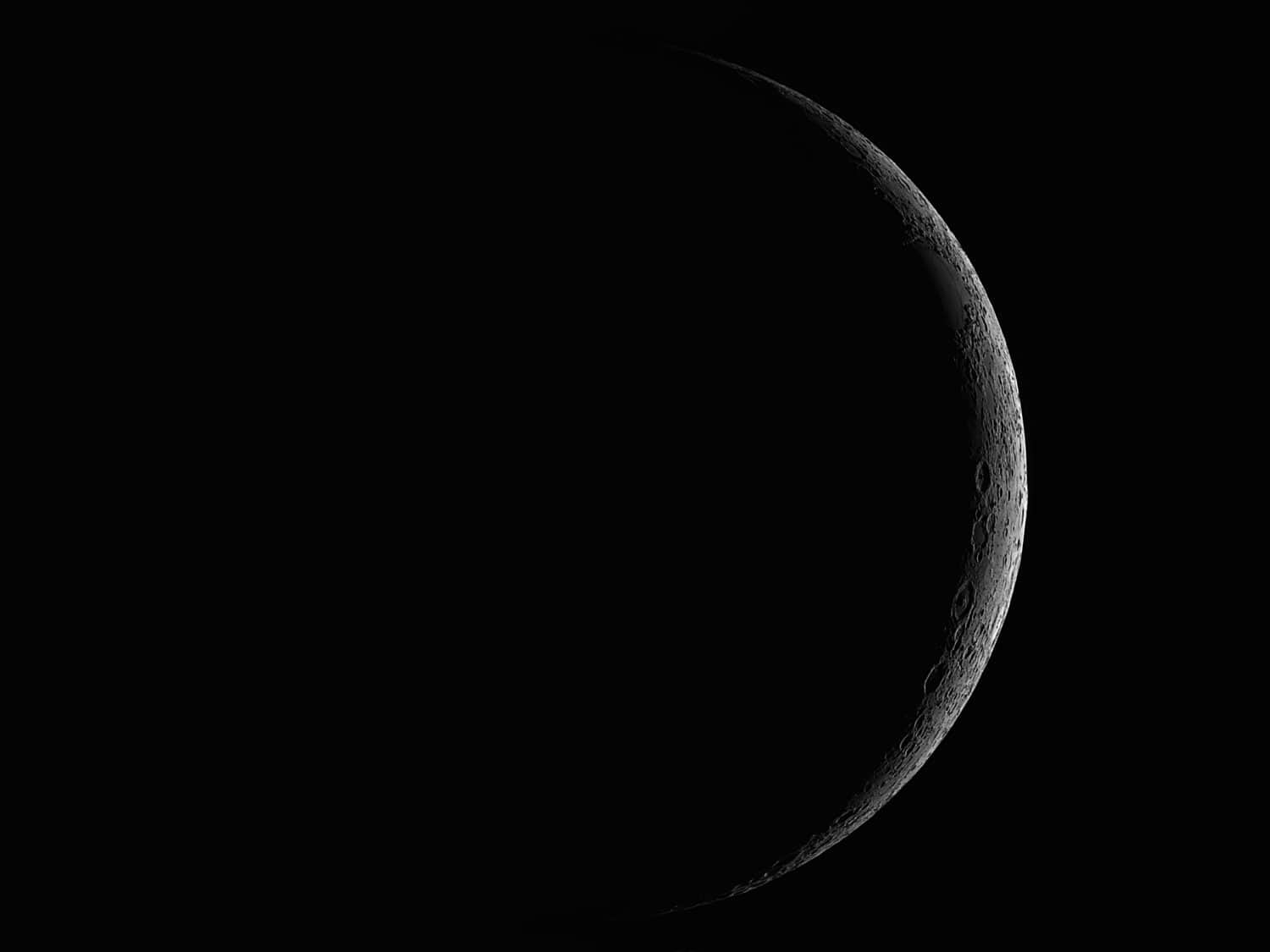
The New Moon becomes only slightly visible as it “ages.”
©THANAKRIT SANTIKUNAPORN/Shutterstock.com
The New Moon marks the beginning of a new lunar cycle. During it, the tides are at their all-time highs and all-time lows. This is so because the Sun, Moon, and Earth are in alignment at this time; a special position that occurs during the Full Moon as well.
Contrary to popular opinion, we can barely see the Moon at this phase (or not at all). Its illuminated side is facing the Sun and not the Earth, so we naturally wouldn’t notice it in the sky. This is why many spiritual practitioners split this phase into two, the Dark Moon and the New Moon.
The Dark Moon is thought to precede the New Moon, marking a time when we don’t see it at all. The New Moon phase, on the other hand, supposedly begins once we start seeing a glimpse of the Moon in the sky. This distinction, however, does not exist in the scientific nomenclature.
- The agricultural interpretation: As mentioned, many agricultural traditions associated the New Moon with fertility and moisture, perhaps because of its influence on the tides. They thought of this phase as especially favorable for planting above-ground crops, grafting trees, and transplanting. If you’re a gardener or a farmer yourself, you can try performing the same tasks during this phase.
- The spiritual interpretation: Spiritual practitioners believe that the New Moon is a good time to pause and reflect. They associate it with renewal, rebirth, and new beginnings. They also suggest we should harvest its energy by examining our lives so far and exploring the new directions we wish to take. Journaling and introspection can be beneficial at this time.
2. Waxing Crescent

Many confuse the Waxing Crescent Moon with the New Moon.
©ScottyJ3785/Shutterstock.com
The Waxing Crescent phase marks a time when about one-fourth of the Moon is illuminated. At the beginning of it, we may see only a small part of the Moon, but we’ll see more and more of it as the cycle progresses.
- The agricultural interpretation: Ancient farmers considered this phase, too, to be fertile and wet. Just like the New Moon, it’s a good time for planting above-ground crops.
- The spiritual interpretation: For spiritual practitioners, this phase signifies a time of growth. They believe it to have a powerful, potent energy. With that in mind, this is the perfect moment to set intentions and take inspired and bold action. Now’s the time to consider what you want to grow or cultivate in your life, whether pertaining to relationships, wealth, career, or something else. Write down what you intend to achieve by the end of this lunar cycle, and track your progress as you go.
3. First Quarter Moon
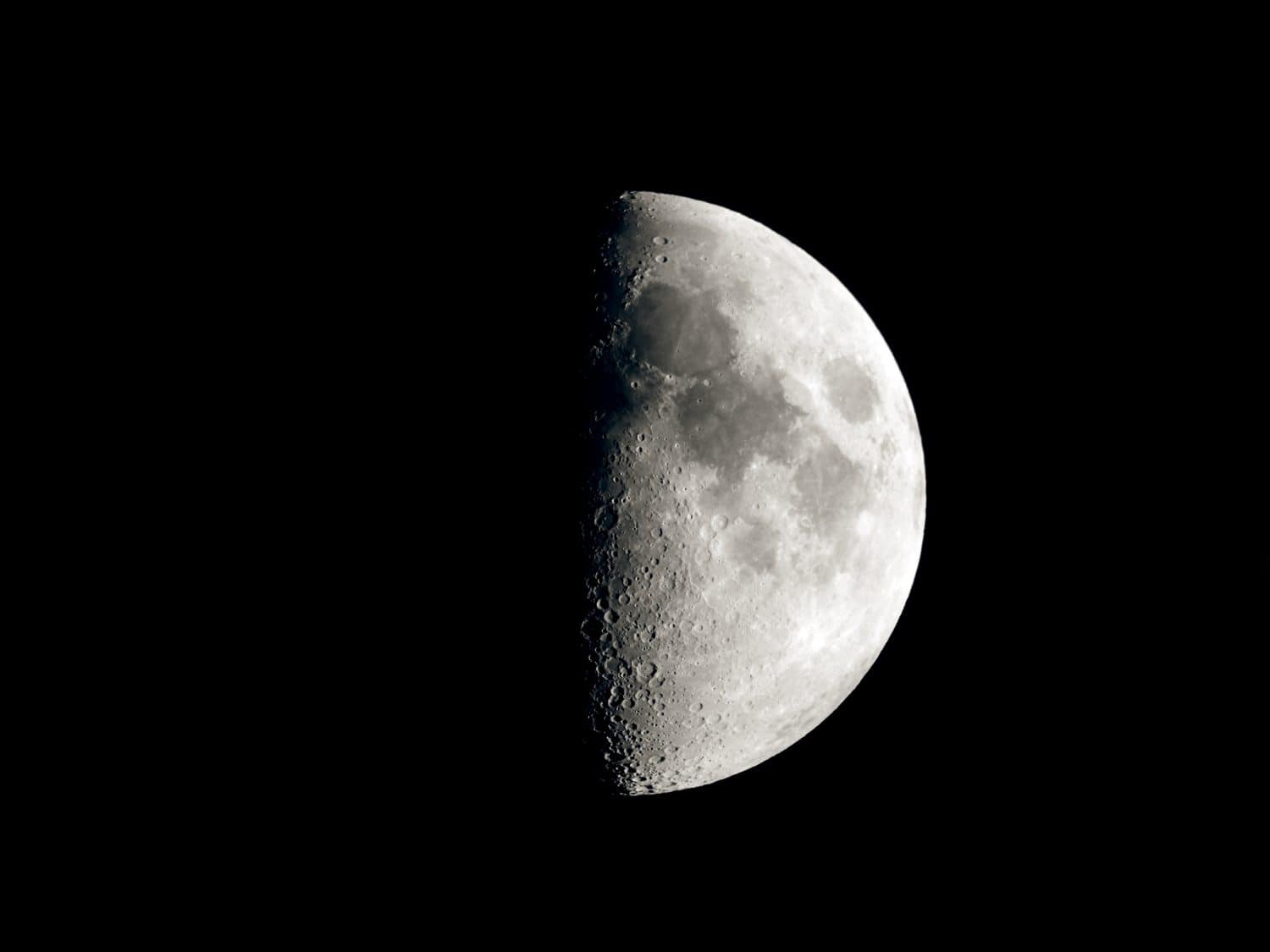
This is the second major phase in the lunar cycle.
©taffpixture/Shutterstock.com
The First Quarter Moon is also called a Half Moon. It appears when the Moon is at a 90° angle between the Sun and the Earth, and when we see approximately half of its side. Note that we don’t actually see the whole half of the Moon; just a half of its one, illuminated side, making its nickname slightly misleading.
In spirituality, this phase is often linked to obstacles and challenges. These may arise after we’ve set our intentions and started taking deliberate action during the previous phase. However, this shouldn’t worry us. In fact, it is advisable not to dwell on obstacles during this phase, but rather work confidently on overcoming them. You can think of it as showing faith during trying times — a critical concept in many religions, including Christianity.
4. Waxing Gibbous
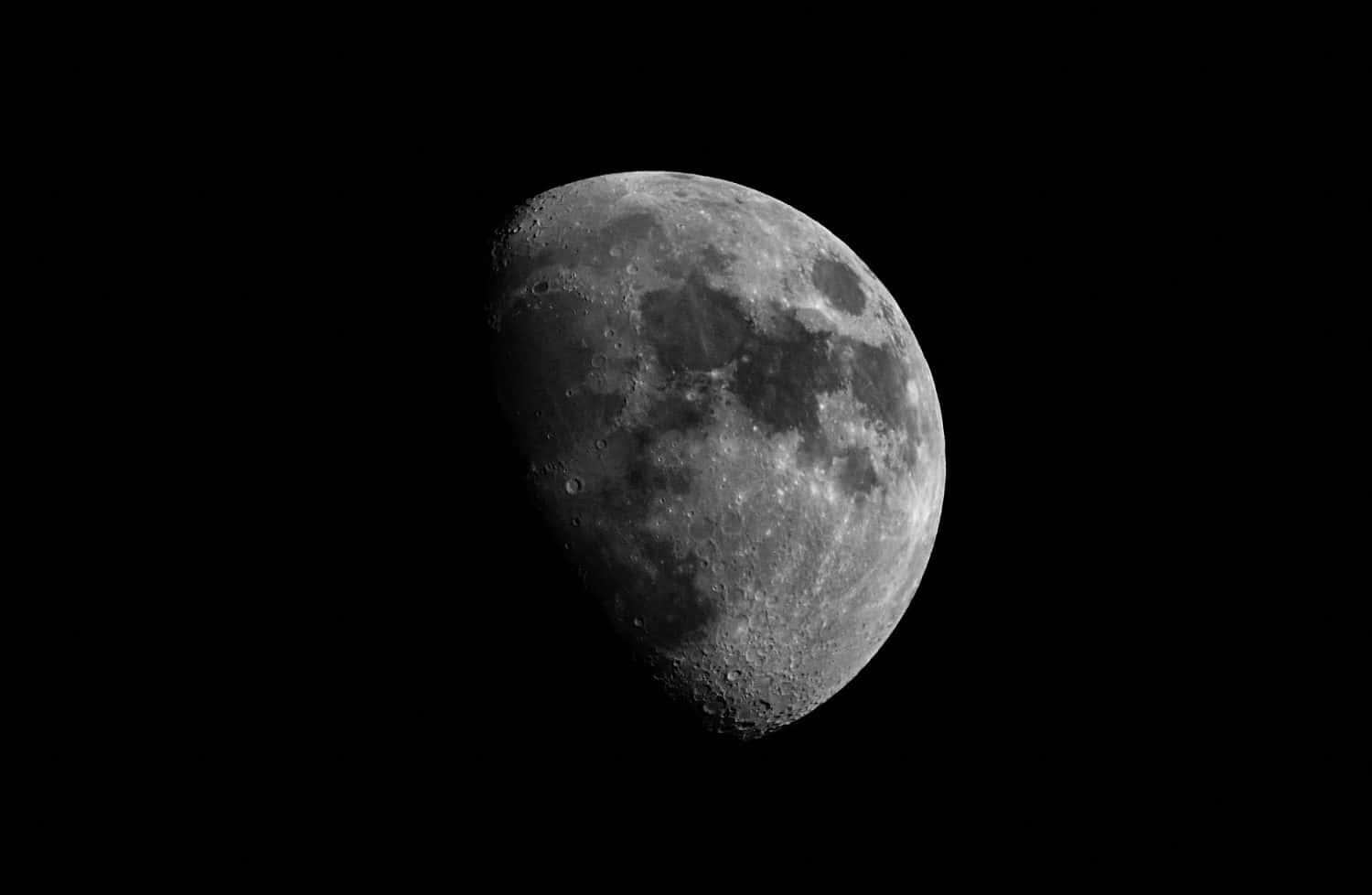
The Moon is now almost full, but there is still a way to go.
©Thomas Marx/Shutterstock.com
The Waxing Gibbous Moon refers to a time when three-fourths of the Moon is illuminated. It is the last phase preceding the Full Moon, so you can expect the moonlight to start being exceptionally strong. At this stage, you may frequently see the Moon during the day as well.
Such powerful moonlight can, however, impact our behavior and disturb our sleeping patterns. A 2021 study, for example, found that participants were sleeping less and went to bed later in the days leading up to the Full Moon. This may be so because there’s simply more light in the sky — and on Earth — when the Moon is about to be full. However, spiritual practitioners may disagree.
- The agricultural interpretation: This can be an especially wet time, making it favorable for planting during drought. It may also be a lucky time for anglers, as the folklore strongly recommends going fishing.
- The spiritual interpretation: This phase may be best spent reflecting upon your current progress. You may want to revisit the intentions you’ve set during the Waxing Crescent Moon, analyze which goals you’ve hit, and examine if you need to refine them. You may also reflect upon the obstacles you’ve faced and how you responded to them. Finally, you can do some helpful affirmations and visualizations during this time. For example, you can visualize yourself already living the life you want!
5. Full Moon
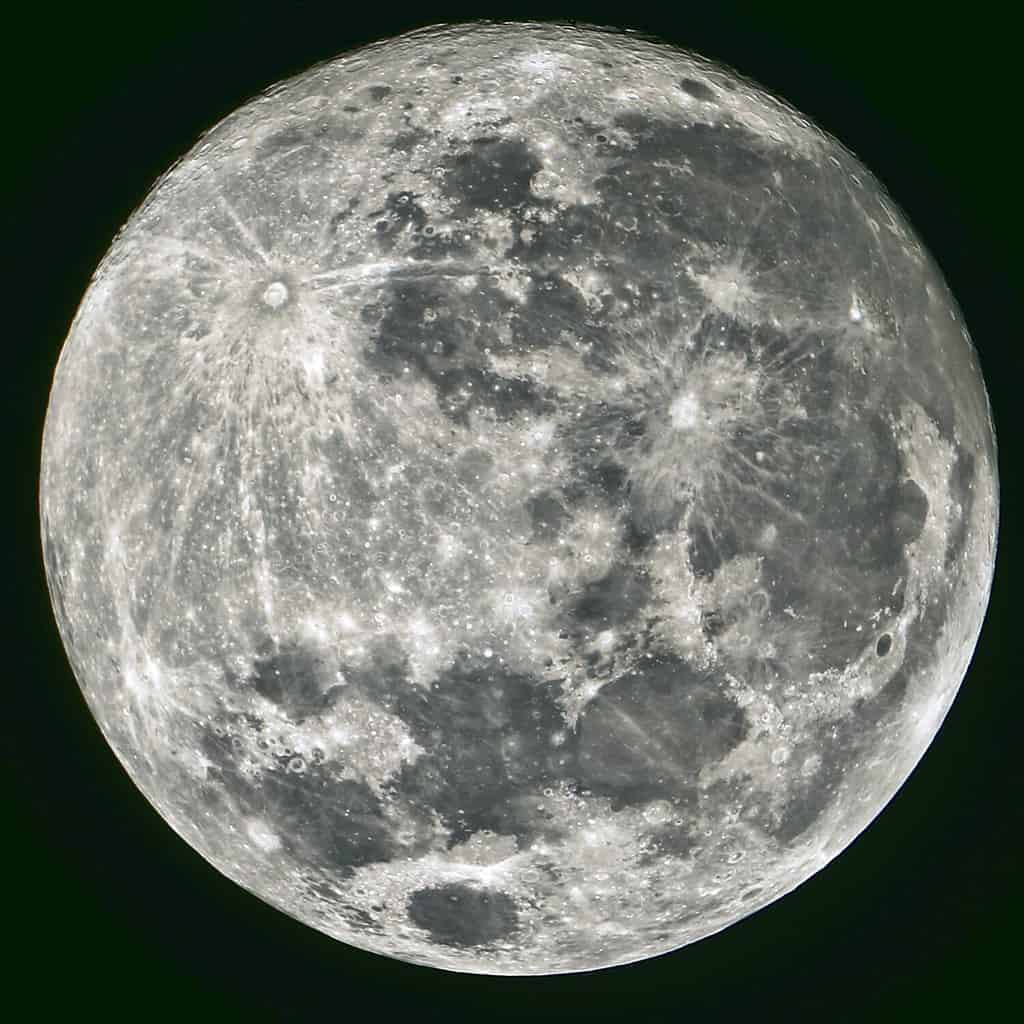
Finally, we see the Moon in its full glory.
©Quaoar/Shutterstock.com
The Full Moon holds special significance for both spiritual practitioners and agricultural traditions. It is a time when you may start seeing the first fruits of your work, whether literal or metaphorical. When it comes to pure astronomy, however, this phase marks a point at which we can see the entire dayside of the Moon.
- The agricultural interpretation: Livestock farmers apparently thought that the Full Moon was a good time for changes, such as moving animals from one pasture to another. You may want to try this strategy, too, if you’re a livestock farmer or even a crop farmer. For example, if you’ve been wanting to introduce a new fertilizer for a while, now may be the time to pull the trigger.
- The spiritual interpretation: Spiritual practitioners argue that the Moon’s energy is at its most potent at this stage, which may make us feel more energized as well. With that in mind, this may be the time you finally get what you’ve wanted. Celebrate it!
Beyond that, the strong moonlight is believed to bring us clarity, especially in terms of what we need to do to manifest our desires. For example, we may realize we need to quit certain negative habits or end toxic relationships. Whatever it is, the Full Moon will help us release it. This means you may want to start considering what you need to let go of.
6. Waning Gibbous
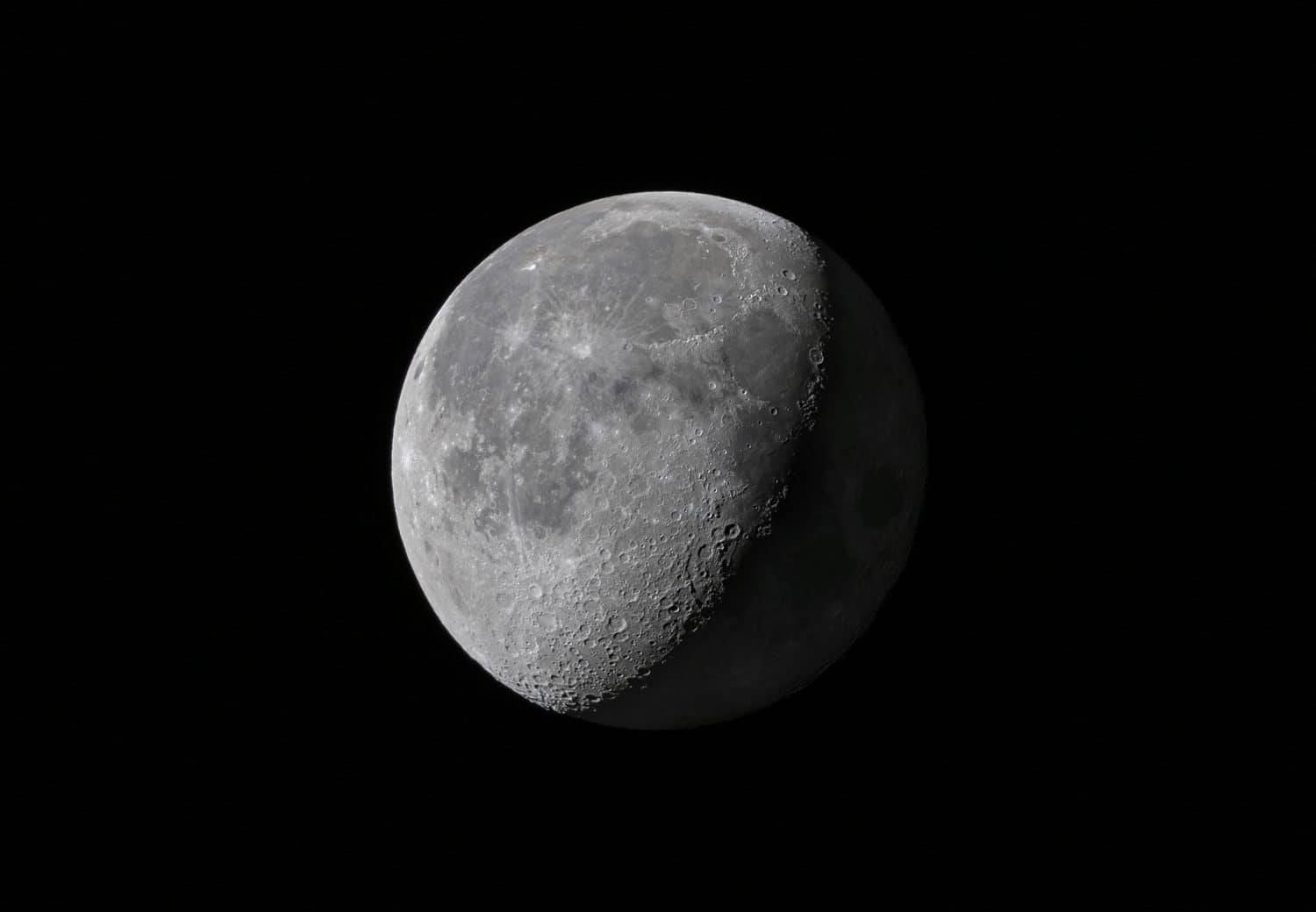
The Waning Gibbous Moon kicks off the second part of the lunar cycle.
©Jim Cumming/Shutterstock.com
The Waning Gibbous Moon is slightly less illuminated than the Full Moon. More specifically, we can expect about three-fourths of the Moon to be visible and bright, just like in the case of the Waxing Gibbous Moon. This contraction and decrease is common in all waning phases. During them, the Moon becomes smaller and smaller — or, rather, we start seeing smaller and smaller portions of it.
- The agricultural interpretation: Agricultural traditions thought the waning phases of the Moon were a favorable time for planting vegetables that bear below-ground crops, like potatoes or onions. Some say that the days following the Full Moon are likely to be rainy and stormy, though, so try to check the weather forecast before planning your work.
- The spiritual interpretation: In spiritual circles, this phase is associated with gratefulness and adjustments. Be grateful for what has already manifested in your life, and readjust your intentions if needed.
7. Last Quarter Moon

The Last Quarter Moon is colloquially also known as Half Moon, although this is not entirely accurate.
©taffpixture/Shutterstock.com
The Last or Third Quarter Moon is similar to the First Quarter Moon; only half of the Moon’s dayside is illuminated. The Moon is yet again at a 90° angle between the Sun and the Earth — and so the cycle repeats itself.
- The agricultural interpretation: This may be a good time for eliminating things you don’t want in your garden, field, or farm, such as weeds or dead branches. You can also do some maintenance work, such as mowing or pruning.
- The spiritual interpretation: Spiritual practitioners suggest doing similar inner work. Cleansing your body, mind, spirit, or even your living environment can be especially rewarding at this time. Perhaps now’s the time to try that detox diet, light some sage, or go for a sound bath.
8. Waning Crescent

Towards the end of the lunar cycle, we see only the thin curve of the Moon.
©ScottyJ3785/Shutterstock.com
Similarly to the Waxing Crescent phase, the Waning Crescent phase takes place when one-fourth of the Moon is illuminated. This is the last phase in the lunar cycle, with the Moon often taking on a unique silvery glow. Sadly, we don’t get to witness it in its full glory, as we only see the Moon’s thin curve from the Earth.
In both agricultural and spiritual circles, this is considered to be a time for pause and rest; mainly in preparation for a new cycle.
And the Cycle Starts Again
“Change is the only constant in life,” said the Greek philosopher Heraclitus. His statement very much rings true for the Moon phases as well. As soon as one phase ends, the other one begins; and so it is with the entire lunar cycle, too. Immediately after the Waning Crescent phase is over, the New Moon reappears in the sky (although we may not be able to see it).
Astrology Matters, Too
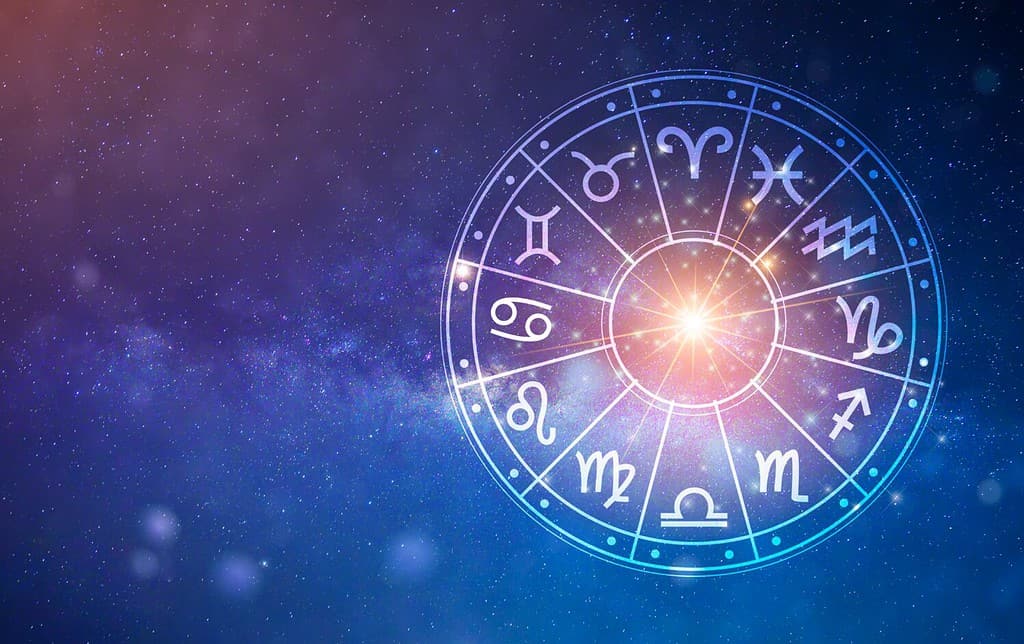
Zodiac signs may also influence the Moon’s energy in different, unique-to-them ways.
©sarayut_sy/Shutterstock.com
Many believe that astrology plays an important role in the lunar cycle. The zodiac sign in which the Moon is in is just as important, say those who follow old traditions. Each zodiac sign has its own unique traits, and these are thought to further influence the energy of the Moon.
We won’t go into each of them here. However, we’ll leave you with a quick description of the four different elements in astrology: fire, water, air, and earth. For example, if the Moon is in the Earth sign of Taurus, fertile conditions may be on the rise.
| Zodiac Signs by Element | Quick Description |
|---|---|
| Fire signs (Aries, Leo, Sagittarius) | Barren conditions; a favorable time for taking action and performing tasks that require a lot of energy |
| Water signs (Cancer, Scorpio, Pisces) | Fertile, wet conditions; a good time for planting and providing nourishment |
| Air signs (Libra, Aquarius, Gemini) | Barren conditions; a time to reflect, develop plans, or gain new, necessary knowledge |
| Earth signs (Capricorn, Taurus, Virgo) | Fertile conditions; a time for hard work and taking on responsibilities |
The photo featured at the top of this post is © Elena11/Shutterstock.com
Thank you for reading! Have some feedback for us? Contact the AZ Animals editorial team.







